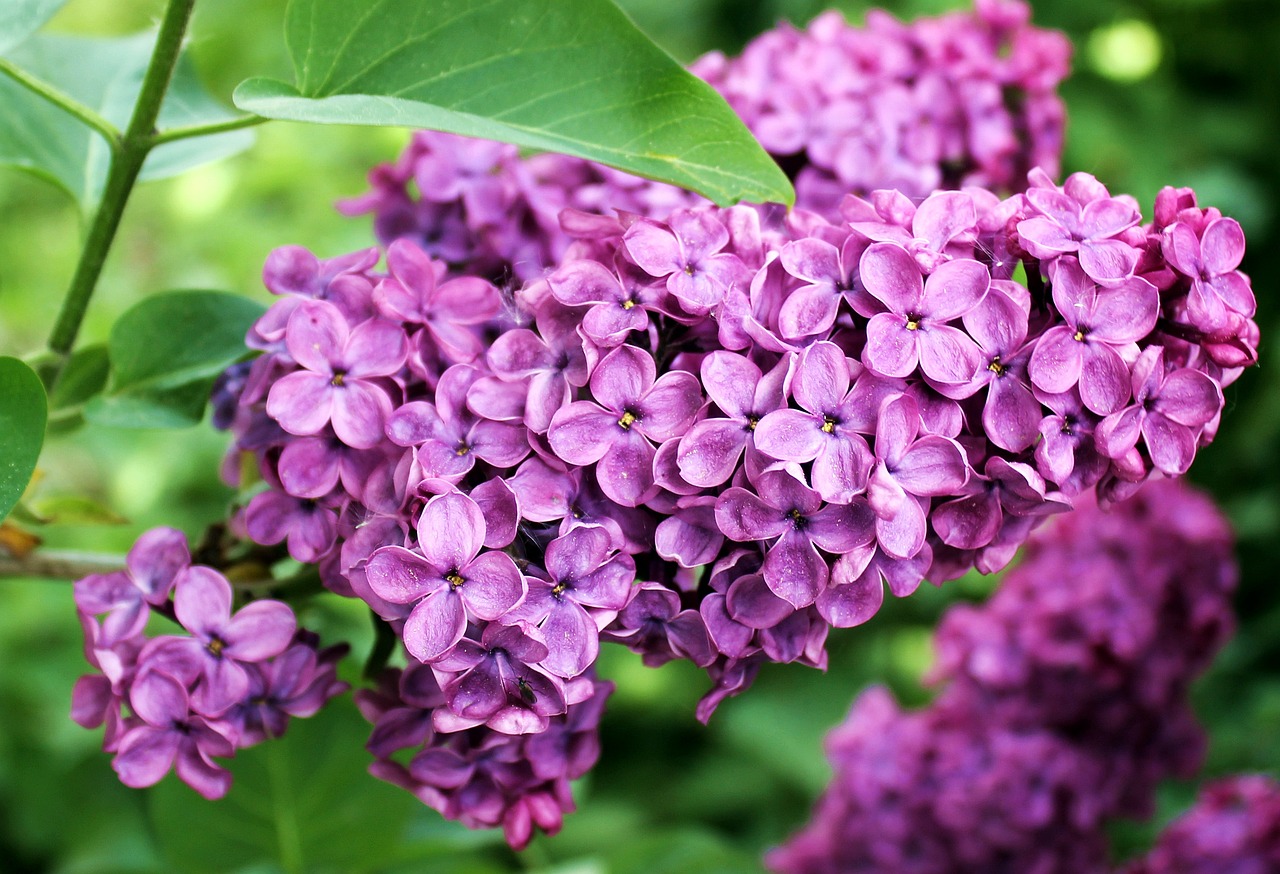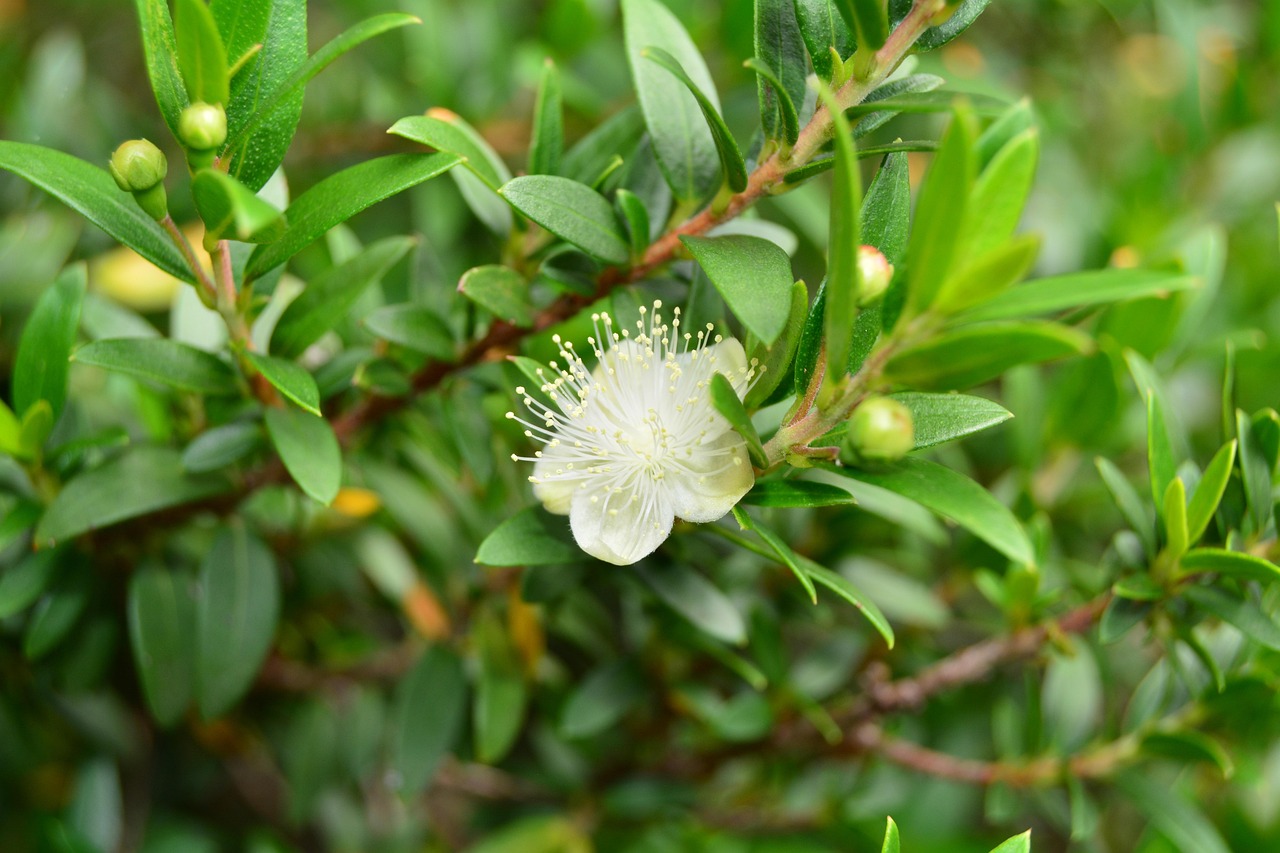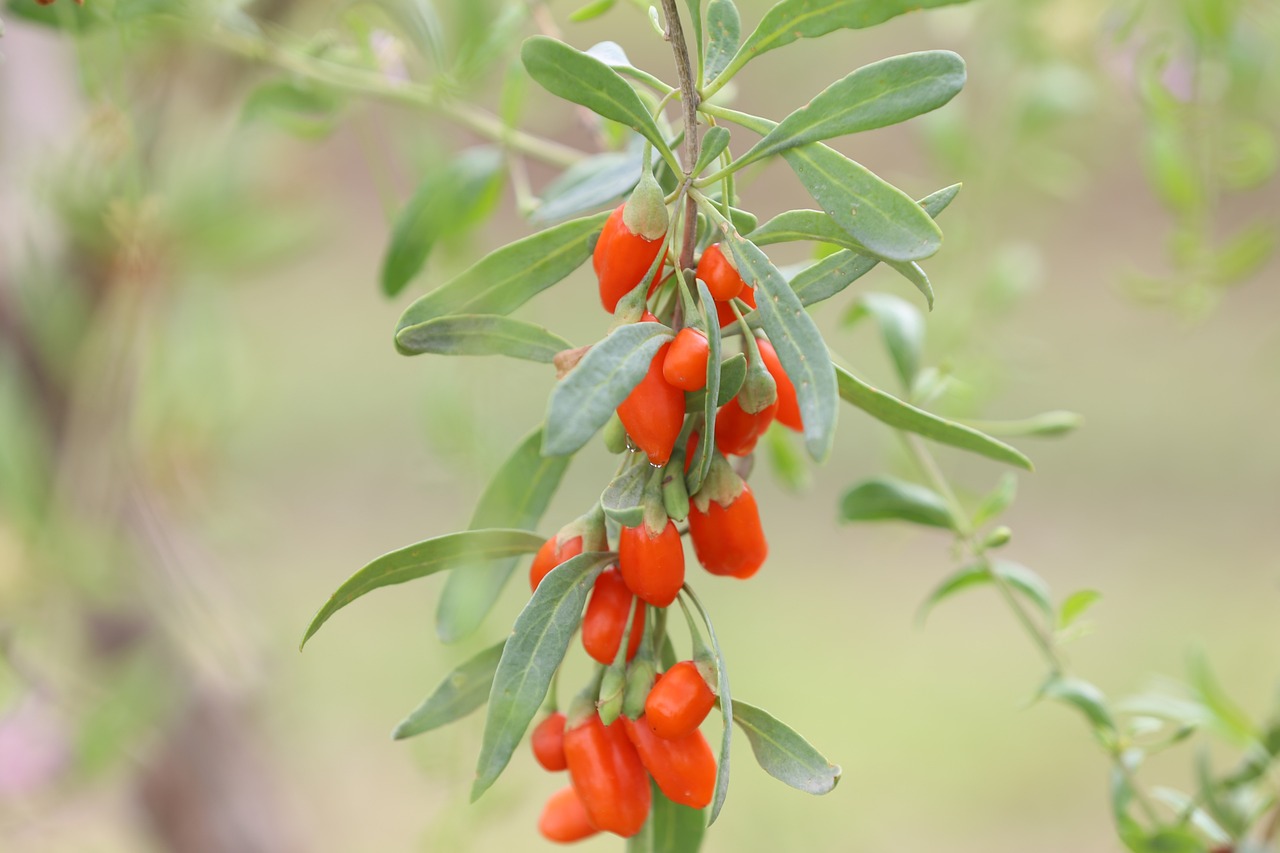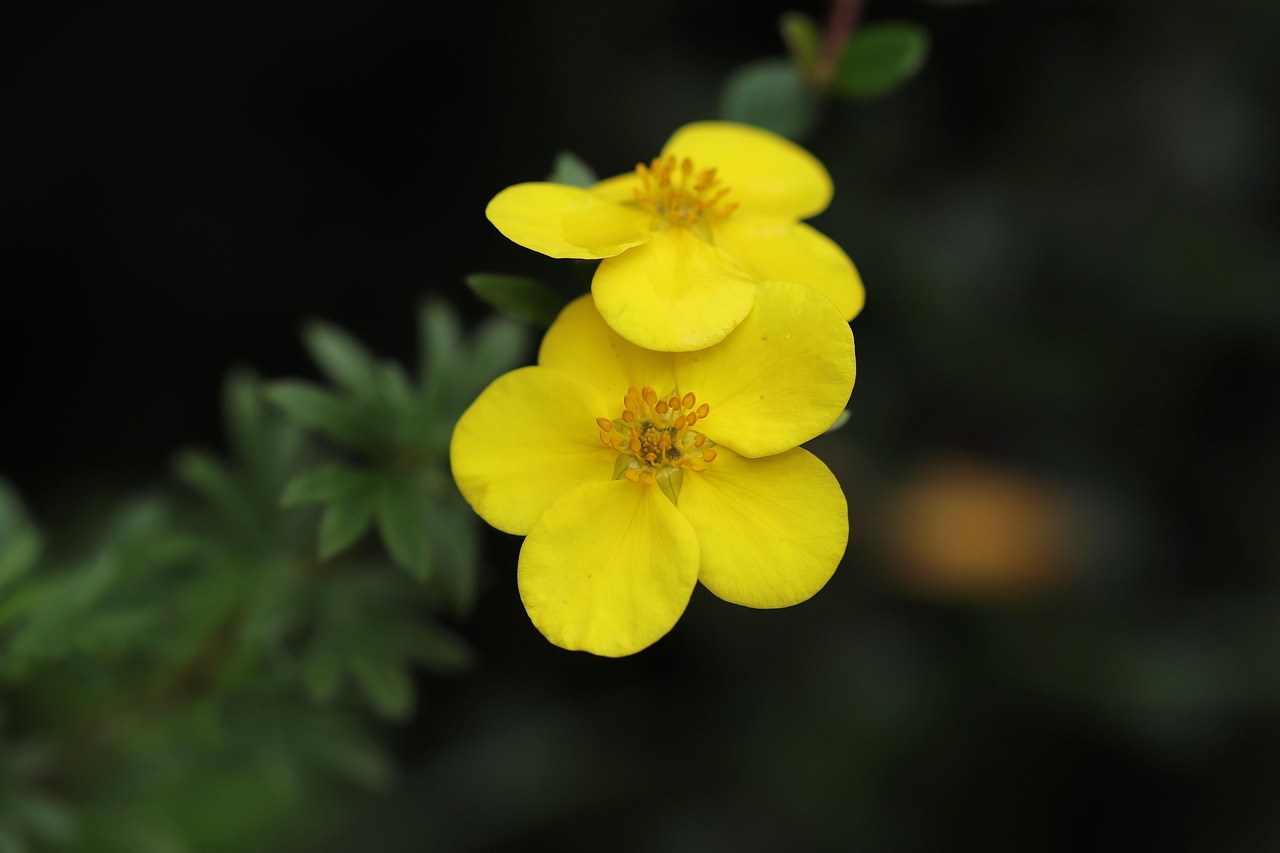Pyracantha | A Windbreak Shrub with Red Berries that Protects European Gardens
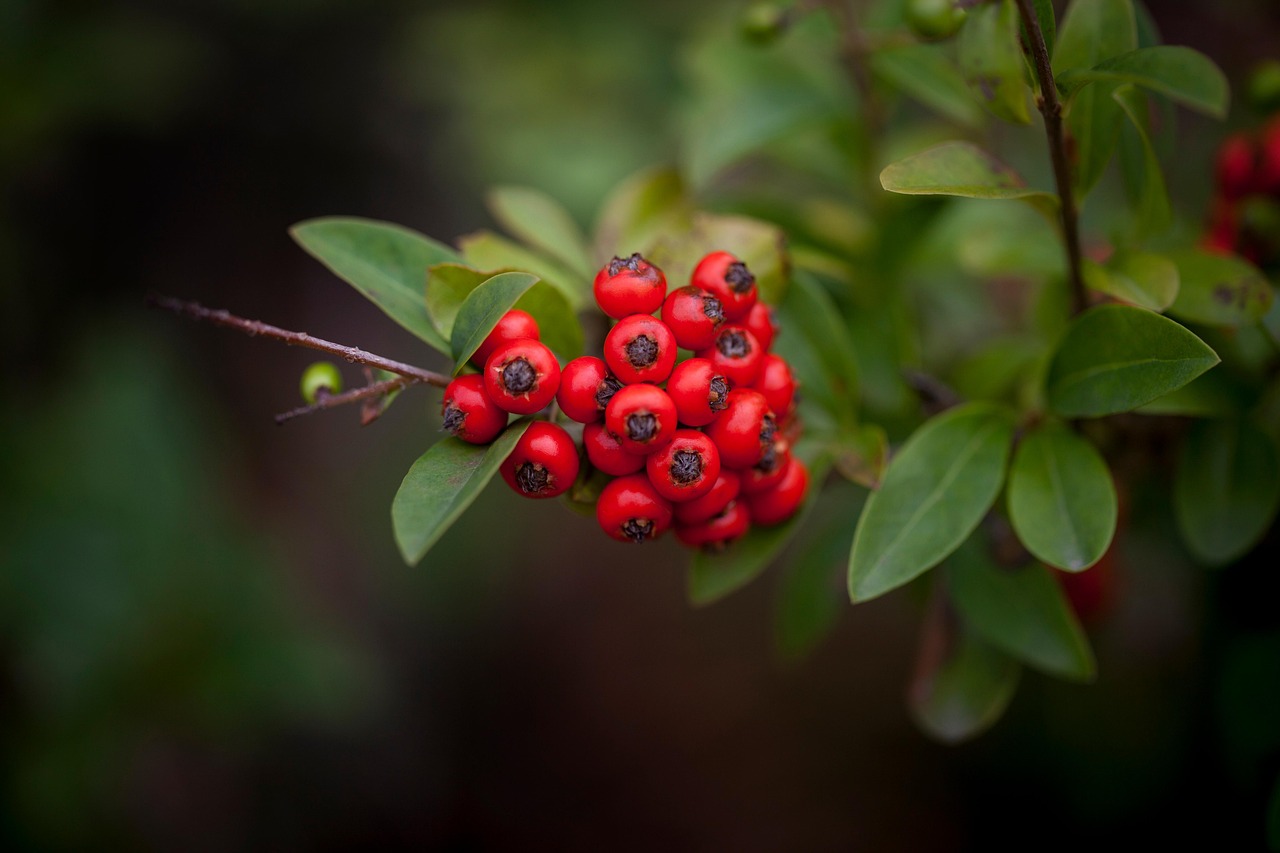
I introduce Pyracantha, an evergreen shrub known for its clusters of small white flowers in spring and its bright red or orange berries in autumn.
It is widely used as a hedge or garden shrub, and its sharp thorns also serve as a natural means of protection. The vivid berries brighten winter gardens and attract wild birds.
In this article, I explain the basic information, cultural and historical significance, and cultivation methods of Pyracantha.
Basic Information
- Scientific name: Pyracantha coccinea
- Family: Rosaceae
- Origin: Southern Europe, Western Asia
- Appearance: From late spring to early summer, it produces clusters of small white flowers. In autumn, it bears red or orange berries. The leaves are glossy dark green, and as an evergreen shrub, it remains lush throughout the year. Its branches are armed with sharp thorns, providing natural defense.
- Flowering season: May–June
- Berry season: Autumn–Winter
Cultural Significance Around the World
Pyracantha is not only ornamental but also holds various cultural meanings depending on the region. In Europe, it has long been planted in gardens and parks, and is also widely used as hedges. The sharp thorns have historically served as a deterrent against intruders.
In the United Kingdom, it is frequently planted on farmland and estate boundaries. Because it is durable and easy to maintain, it has also been highly valued as a hedge in urban areas.
In China, the evergreen foliage and colorful berries symbolize prosperity and longevity. It is often planted in gardens and temples, where its red fruits in autumn and winter are regarded as symbols of happiness and abundance.
In the United States, it is widely used in urban greening as a street tree or decorative shrub. Since the berries remain throughout the winter, it attracts birds and is incorporated into eco-gardens and bird-friendly landscapes.
Historical Background
Pyracantha has been valued as a hedge and garden tree since ancient times.
In the 18th century, it was introduced to Europe, where its durability and ornamental beauty led to widespread use.
In the 19th century, it became increasingly popular in the gardens of England and France as a natural barrier. In the Victorian era, it was highly regarded as part of garden culture. Farmers also used it to prevent livestock from entering fields.
By the early 20th century, Pyracantha spread to the United States, where it was planted for urban greening. Its ability to attract birds made it an important element in ecological gardens. Today, it is loved worldwide.
Gardening Advice
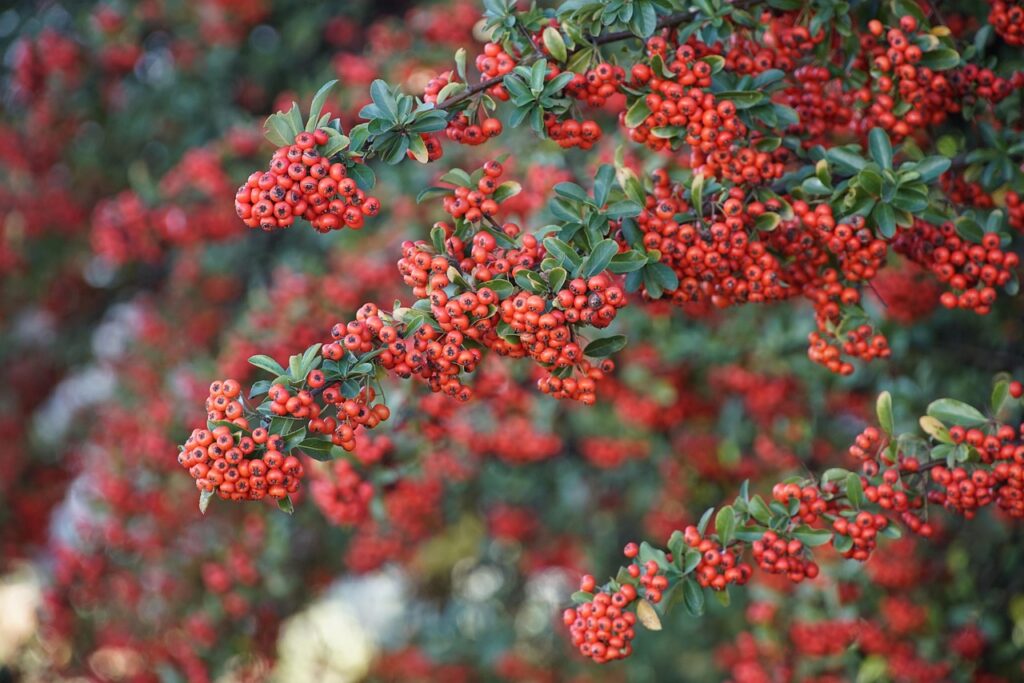
Although hardy and easy to grow, Pyracantha requires proper care to produce beautiful flowers and berries.
Sunlight
Prefers full sun but tolerates partial shade. More sunlight encourages abundant flowering and fruiting.
Watering
Drought-tolerant; once established, it requires little watering unless extremely dry. For potted plants, water when the soil surface dries.
Soil
Thrives in well-drained, moderately fertile soil. Improve clay soil with compost or sand.
Fertilizer
Apply slow-release fertilizer in spring to early summer for better blooms and fruits. Avoid over-fertilization.
Pruning
Prune in late winter to early spring to maintain shape and ensure good airflow. Remove crowded branches to prevent pests and diseases.
Cold tolerance
Fairly hardy, but mulching around the base helps in very cold regions.
Conclusion
Pyracantha is an evergreen shrub that produces white flowers in spring and bright red or orange berries in autumn and winter.
In Europe, it is valued as a garden hedge and a natural barrier. In China, it is considered a symbol of prosperity and longevity. Introduced to Europe in the 18th century, it has since been widely planted for ornamental and protective purposes.
By the 20th century, it also spread to the United States, where it became part of urban greening and eco-gardens.
Because it is drought-tolerant and thrives in sunny locations, it is ideal as a garden shrub or street tree. Its vivid berries brighten the winter landscape and attract birds, making it a beloved plant across the world.

